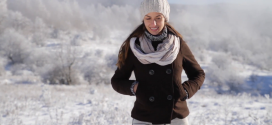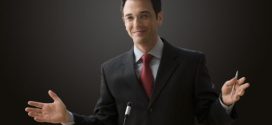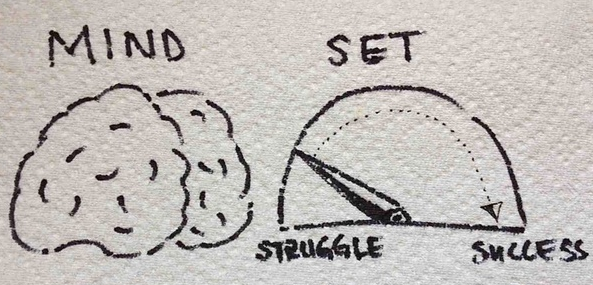Knowing how to read a body language is like a secret tactic to know what is running in one’s mind, what is he planning to do or what is he trying to show. Understanding and knowing the meaning of different body languages are great ways to improve personal and professional relationships.
Interpreting different body languages is a complex task because not all acts have the same meaning because everybody has individual differences. Consider studying the ways of the person for some time like its personality, its culture and other behavioral acts. The following are tips on how to read and understand body languages.
- Understanding Facial Expressions
The easiest way to read someone’s non-verbal language is by looking at their facial expressions. In his facial expressions, you will quickly know how he feels. A frown may show sadness, discomfort, pain, anger, and turmoil. A smile may convey excitement, happiness, attraction, contentment, relieved, and many others. Just a note in sensing a fake and genuine smile—check if there are crinkle s around the eyes. If you can’t see a crinkle, it means he is trying to fake a smile but if there is, it means he is truly smiling.
- Understanding Eye Movements
Eye contact or eye movement is one of the greatest cues if you want to read the body language of a person. Through the eyes you can read someone’s feelings or someone’s message. But just be observant of culture differences because in different races, staring at the eye has different meanings. In Finland, an eye contact means approachability. In Japan, it can be a sign of anger. The different meanings of eye contact can be showing of interest, attraction, comfortable, denial, and anger. Persons who can’t establish direct eye contact may mean shyness or he is trying to hide a lie. But there are also who establish stronger eye contact to deny that they are lying.
- Hand and Body Movements
Hands, legs, and other body movements send messages too. A shrug on the shoulder may mean I don’t care, I don’t know, or I’m not interested. A raised open palm facing on the person talking to is a sign of honesty or telling the truth that is why it is used when pledging or taking an oath. A clasp arms on the chest may mean defensive or resistance. Two hands placed on waist may mean arrogance, dominance, or authoritative. Crossed legs may mean closed off or resist to accept a proposal in negotiation.
 Mentalist Ehud Segev (The Mentalizer) New York City NYC Successful Mind
Mentalist Ehud Segev (The Mentalizer) New York City NYC Successful Mind






